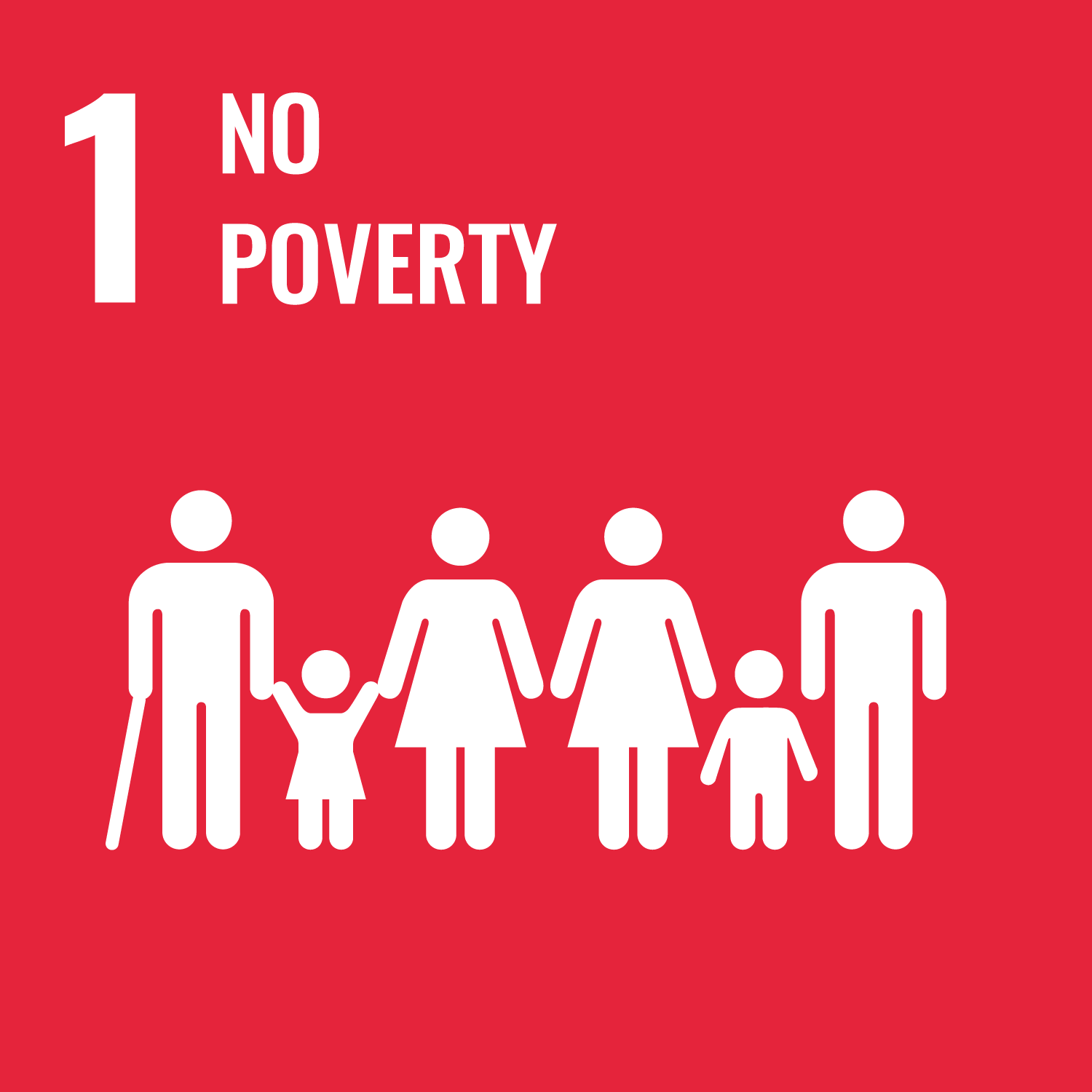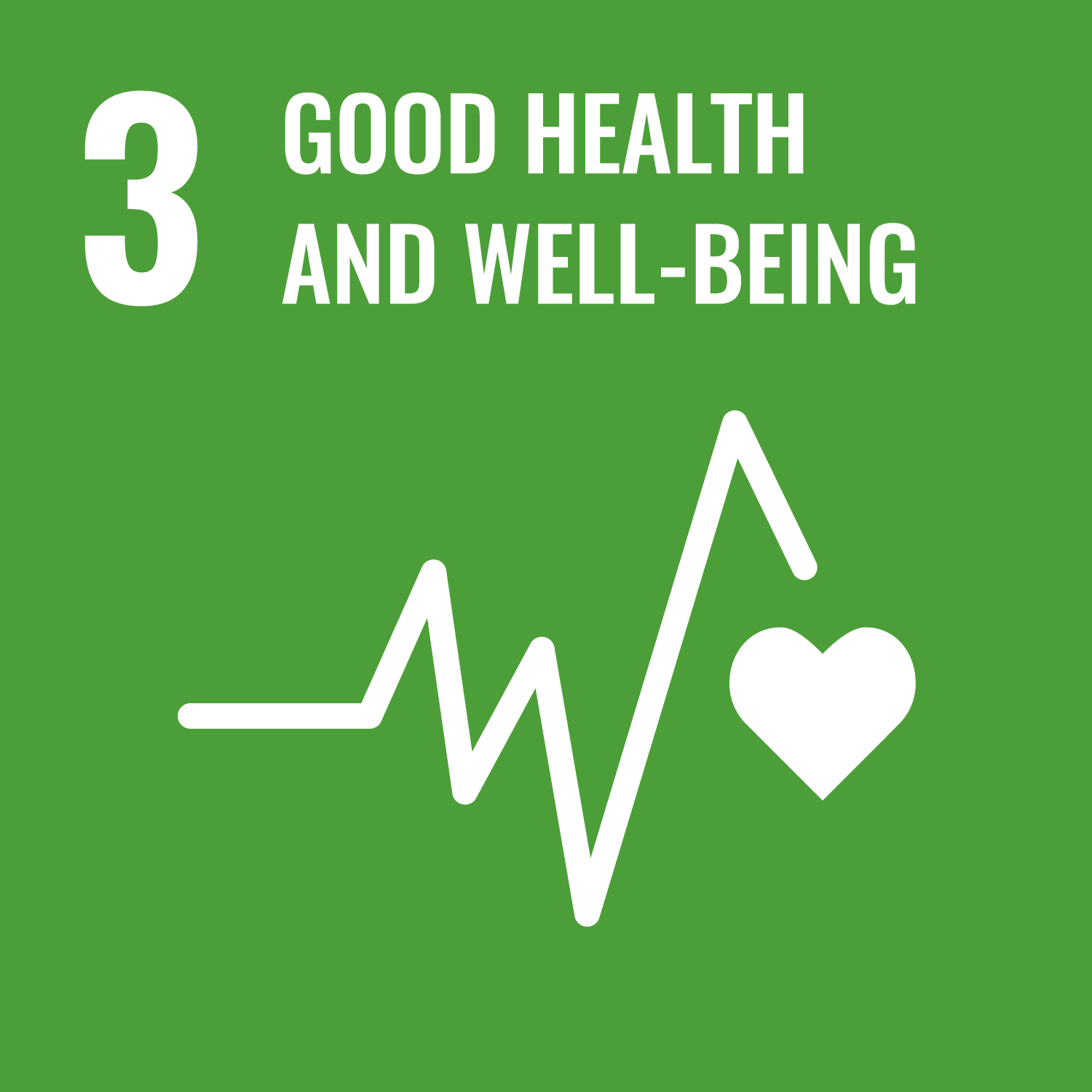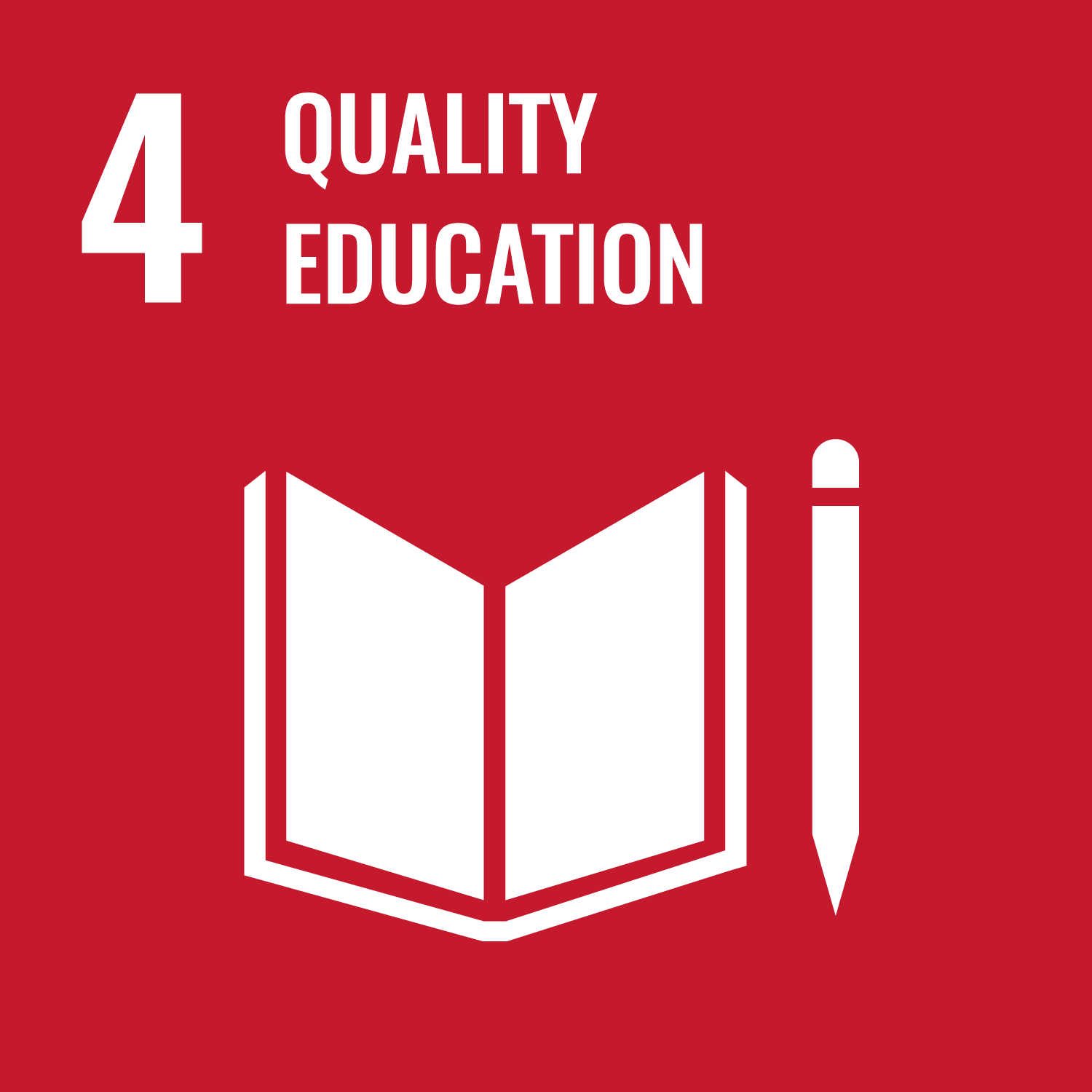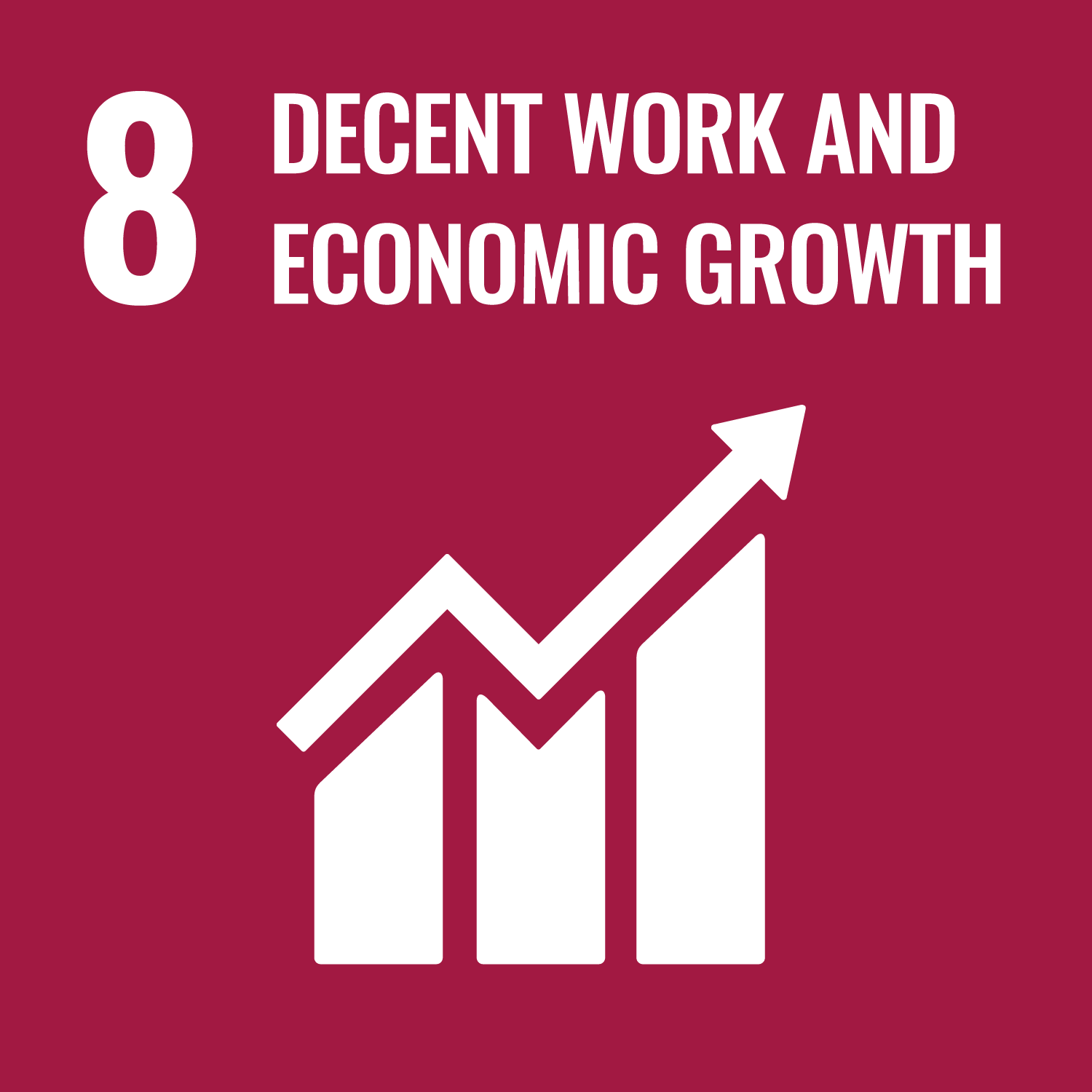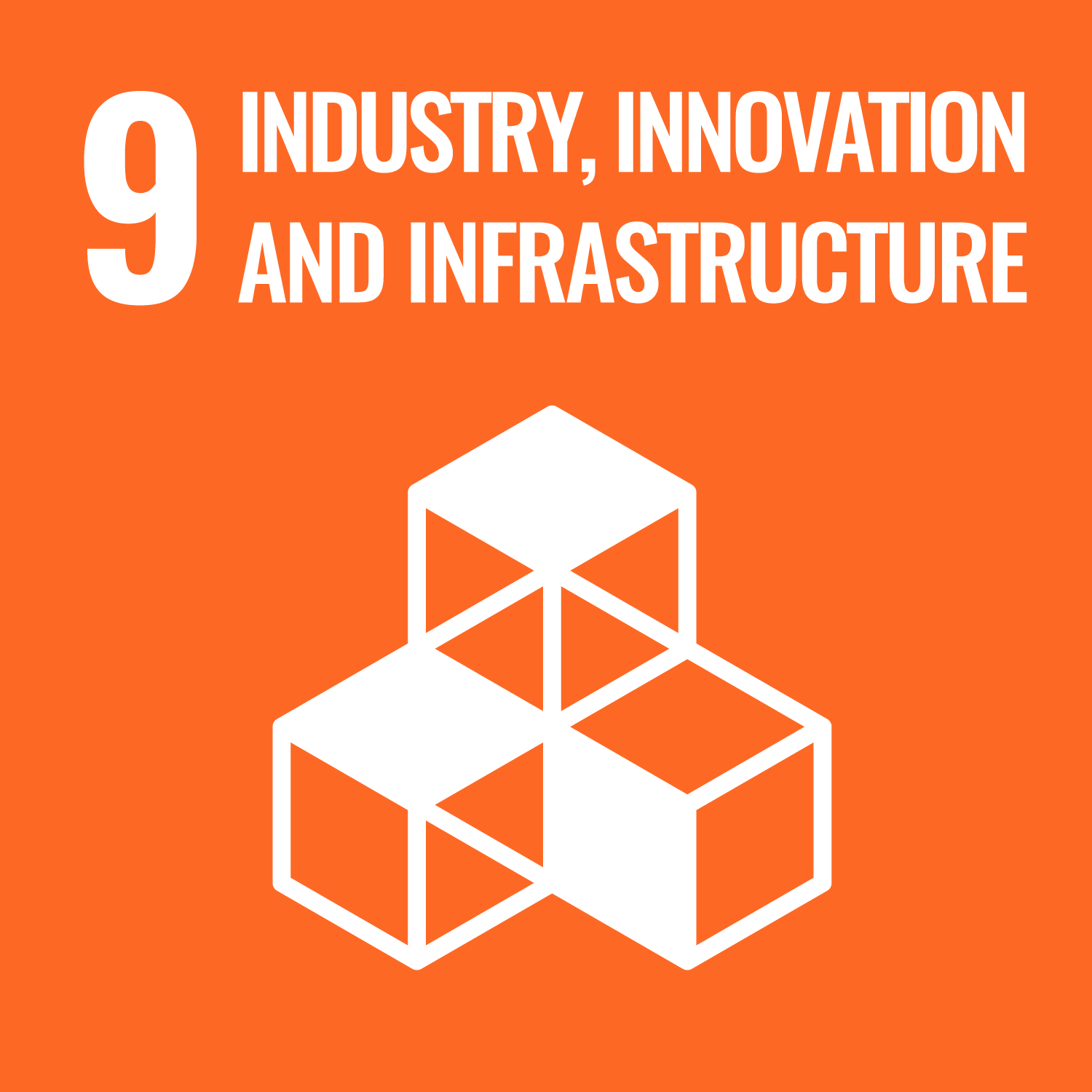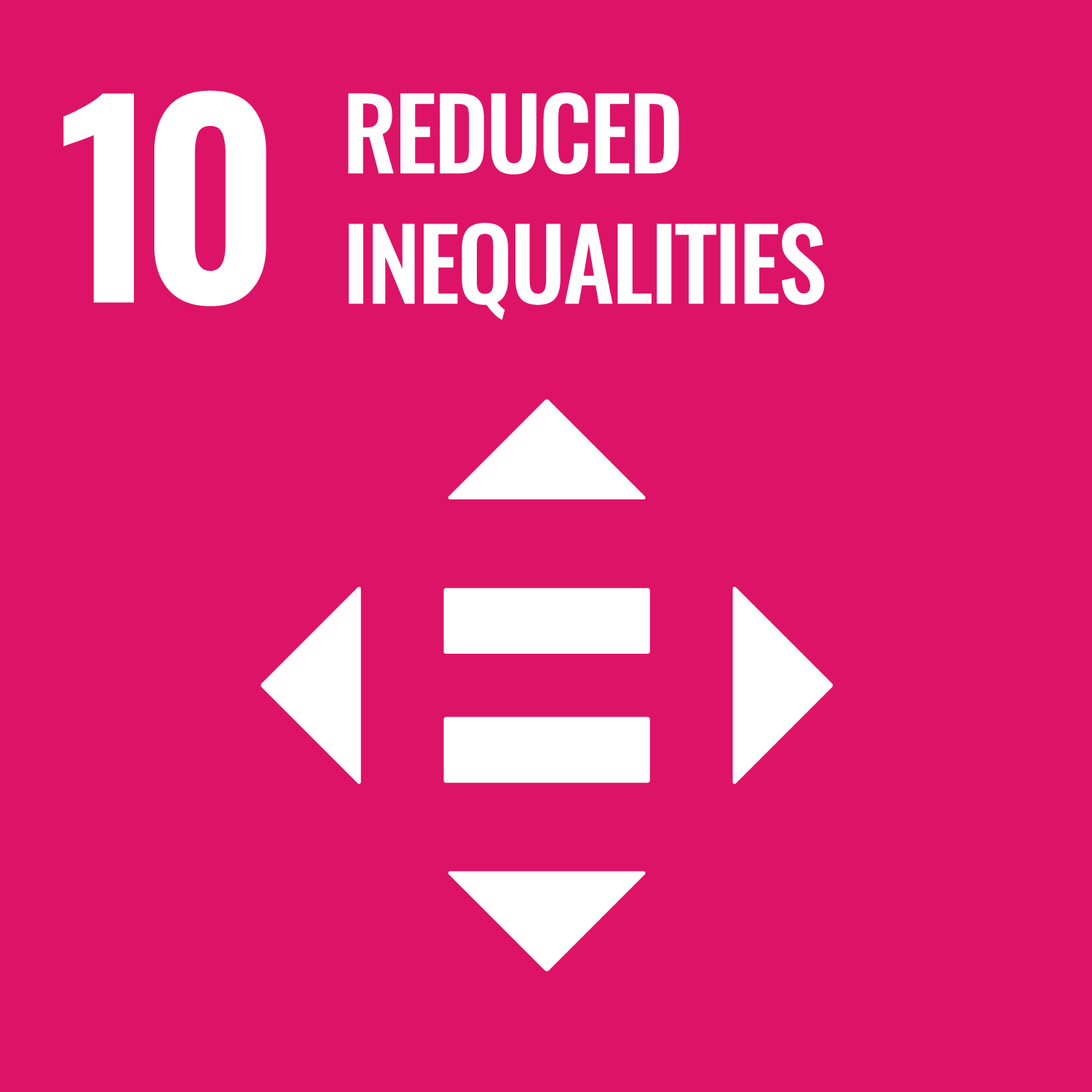
Mexican Nano-Based Drug Delivery System Set to Boost Global Eye Health
By Catherine Jewell, Information and Digital Outreach Division, WIPO
CRMQ (Centro de Retina Medica y Quirúrigca) in Mexico, which specializes in retinal diseases, has developed a groundbreaking nanotechnology platform for retinal drug delivery offering a more amenable and affordable treatment for some of the world’s most common eye diseases. CRMQ’s founder and General Director, Arturo Santos, and its Legal Counsel, Enrique Santos, recently met with WIPO Magazine to explain why this innovation is so important in the battle against irreversible blindness. CRMQ is one of the seven winners of the WIPO Global Awards 2023.

When was CRMQ established and why?
Arturo Santos: When I was a child, my younger brother suffered a nasty cycling accident and ended up losing his eye. This was a painful experience for all concerned. I knew then that I wanted to become an eye doctor. I am a physician, an ophthalmologist and a retinal surgeon. After completing my medical studies in 1996, I set up CRMQ, a specialist eye-care provider for retinal problems; most conditions that affect the retina produce irreversible blindness. We use an interdisciplinary approach to do applied research on the retina to solve identified needs.
How many people live with the eye conditions that CRMQ is addressing?
Arturo Santos: Eye health is now a global priority. As we live longer and our lifestyles change, eye disease is on the rise around the world. Billions of people worldwide suffer from some form of vision impairment or blindness. The World Health Organization puts age-related macular degeneration (AMD) and diabetic retinopathy (DR), in which we specialize, among the top three leading causes of vision impairment and blindness. Left untreated these conditions can result in irreversible blindness. So, we’re talking about millions of people at risk of losing their sight because of these conditions.
Eye health is now a global priority. As we live longer and our lifestyles change, eye disease is on the rise around the world.
In Mexico alone, more than 20 million people suffer from diabetes. Within 10 years, 90 percent of them will suffer some kind of diabetic retinopathy. AMD and DR are progressive, so we need to act to prevent these conditions from resulting in vision loss, because once vision is lost, it’s almost impossible to recover. Prevention is the best strategy.
Tell us about your nanotechnology-based retinal drug delivery platform and why it’s groundbreaking.
Enrique Santos: Our platform is a major breakthrough in ophthalmic therapeutics and will have a huge impact on society and the economy in terms of reducing visual disability in the population. It offers a new method of delivering medicine into the eye to treat diabetic retinopathy, which causes moderate but disabling vision loss, and wet age-related macular degeneration. With conventional treatment, patients have to go to the clinic every month to receive an injection into their effected eye. This is not a comfortable experience.
Our platform is a major breakthrough in ophthalmic therapeutics…

degeneration and diabetic retinopathy require specialist
care, are expensive and involve repeated injections
in the eye. (Photo: Courtesy of CRMQ)
Our nanotechnology platform allows us to encapsulate an active agent (proteins, antibodies, steroids, or other drugs) in a liposome and administer it as a simple eye drop. In this way, we can achieve concentrations, which over time, are equivalent to those achieved by an injection. Also, the therapeutic concentrations we can achieve with our eye drops far exceed those of regular eye drops where the active agent is less than 5%, of which only around 3% gets into the eye.
We’re currently completing the regulatory process in Mexico and expect to have our first product registered within weeks. Another great advantage of the platform is that it can generate multiple products to treat a range of eye conditions. Our platform is a major breakthrough in ophthalmic therapeutics and will have a huge economic and social impact in terms of reducing visual disability in the population.
In practical terms, how will patients benefit from CRMQ’s specialist eye care?
Arturo Santos: Current treatment options require specialist care, are expensive, uncomfortable and involve repeated injections into the eye, with variable health outcomes. Generally, after three jabs, patients give up. First because they can’t bear a needle going into their eye; second, because it’s expensive; and third because it’s time consuming; you have to visit your specialist every month.
Our approach offers a more comfortable, low-cost and alternative care and allows patients to treat themselves. Our therapy also complements the dose patients receive by injection. For example, you may start with a few injections and continue with the eye drops. That way you cut the number of visits to the clinic, and that changes the story completely. Moreover, whereas with an injection you get a very concentrated and high-volume dose, with our eye drops you achieve a more sustained dose from regular, daily use.
Our platform technology means more people will have access to eye health because it’s easy to use. And we’re pretty sure we can reduce treatment costs. This is important because countries with the highest incidence of diabetes don’t necessarily have the best health systems. Our platform will help patients maintain their long-term vision.

Tell us about CRMQ’s approach to innovation and IP for new retinopathy treatments .
Arturo Santos: We have a technology-based entrepreneurship approach to innovation. Everything we do relates to battling blindness. Every idea brought to the table is assessed for its impact, feasibility and commercial potential. For the most promising ideas, we do a proof of concept and generate a roadmap with development milestones, including preclinical work with animals to validate our research. This strengthens our negotiating position. Only when we have submitted our patent application do we publish our results in top science journals. It’s very important to protect first, and then to publish because developing pharmaceutical products, especially a platform technology like ours, takes time and investment. And that means it’s critically important to protect your intellectual property (IP).
Researchers typically want to publish their findings when they discover something new. But for real impact you need an IP strategy.
Researchers typically want to publish their findings when they discover something new. But for real impact you need an IP strategy, and you need to protect your findings first, then you can publish. When you start out as a researcher, you want to make a breakthrough and you want recognition. Then you need funding and an income. That’s where IP comes in. At CRMQ, we want to generate new findings and we want to monetize them, but we also want to make a positive impact on people’s lives.
How does your approach help those who are at risk of contracting retinal diseases?
Arturo Santos: Our research has proven that low concentrations of various planted-based bioactive compounds, like polyphenols, can stabilize the capillaries in the retina and help prevent vision loss. We extract these compounds according to good manufacturing practices (GMP) to produce a pure, medical grade extraction, which we then encapsulate in our eye drops to achieve a good concentration in the eye. These formulations can help preserve the eye health of those at risk of developing these conditions.
Moreover, the advantage of these therapies from a regulatory perspective is that many countries have a herbal medication encyclopedia when a plant used to make these therapies is in that encyclopedia, the regulatory process is easier. That’s good news for at-risk populations in those countries.
How are IP rights supporting your drive to battle vision loss?
Enrique Santos: Our IP enables us to attract the best researchers to develop and commercialize our platform. IP is our main vehicle for establishing strategic partnerships within the healthcare sector (companies, universities, government agencies). For example, it has enabled us to develop a strong working relationship with OPKO Health in the USA. IP is also an important lever when negotiating with pharmaceutical companies. They are tough players and without a sound IP strategy, you’re lost. We need these alliances to advance our research and find new and better technologies to treat eye disease and to get them to market quickly, so we create the impact we want. This would be impossible without IP.
Our IP enables us to attract the best researchers to develop and commercialize our platform.
Our goal is to provide the estimated 20 million diabetes patients in Mexico with easy access to our medication. To produce, manufacture, perform clinical trials and secure regulatory approval, you need a strong team and deep pockets. Our strategic partnerships will enable us to achieve this goal.
Do you have plans to distribute your therapeutics beyond Mexico?
Enrique Santos: Yes, we will do this in partnership with OPKO Health. They have a global presence, and a proven track record in drug manufacture and distribution. That makes them a perfect partner. Without that alliance, we would be doing good research, but that would be it. We want to have an impact. We have benefitted greatly from their know-how and expertise, including in strengthening our IP protection strategy. Their backing, support and influence have also been extremely helpful in setting up joint ventures with other partners.

What key lessons have you learned on your innovation journey so far?
Arturo Santos: First, you need a good interdisciplinary team to validate the technical feasibility of an idea, how to protect it with IP, and to assess whether it makes business sense to move forward with its development. The team is key.
Second, as a CEO, you need to a firm grasp of your IP strategy, how NDAs (non-disclosure agreements) work, what drafting a patent application involves and so on. You also have to learn how to negotiate with pharmaceutical companies, because when you’re at the negotiating table, the final decision is yours. It’s a steep learning curve.
Third, you need to select the right target disease. That’s why we start by identifying a need. When there’s market pull for your solution, you greatly improve your chances of success.
Fourth, you can’t do everything yourself. You need partners to create impact and achieve your goals.
What advice do you have for SMEs in Mexico and beyond?
Arturo Santos: In Mexico, we have to believe in our talent. And we have to embrace IP because that is what will ensure our research has an impact in the real world. As researchers, we need to keep in mind that we have to protect any unexpected, innovative results. That’s the first step in moving from a manufacturing-based economy to a knowledge-based economy. Mexico has great talent. We just need to believe we can do it.
What does it mean to you to win the 2023 WIPO Award and how will it support your business goals?
Arturo Santos: It means a lot. It’s recognition of our hard work and a strong motivation for us to continue our fight against blindness. This award will demonstrate to other researchers in Mexico what is possible. Everyone needs a success story.
The Award will certainly boost our credibility and market visibility. Other pharmaceutical companies are going to learn about our platform and look for us now, and it will help strengthen our relationship with OPKO Health. It’s very significant and positive for us.
What are your plans for the future?
Arturo Santos: I'm 59 now. Over the next few years, my focus will be on training and sharing my knowledge and experience with the next generation of researchers and entrepreneurs. That’s why I am now also leading the Technology Transfer Office of the Tecnológico de Monterrey, in Mexico, where we’ve just implemented our new institutional IP policy. That’s how I plan on changing perceptions about innovation and IP in Mexico and make youngsters believe they too can make a difference. The university is a good place to start.
Eye health is central to achieving the Sustainable Development Goals (SDGs), including:
The WIPO Magazine is intended to help broaden public understanding of intellectual property and of WIPO’s work, and is not an official document of WIPO. The designations employed and the presentation of material throughout this publication do not imply the expression of any opinion whatsoever on the part of WIPO concerning the legal status of any country, territory or area or of its authorities, or concerning the delimitation of its frontiers or boundaries. This publication is not intended to reflect the views of the Member States or the WIPO Secretariat. The mention of specific companies or products of manufacturers does not imply that they are endorsed or recommended by WIPO in preference to others of a similar nature that are not mentioned.
